Route 66 may be “The Mother Road”, but if that is true, then the Natchez Trace is “The Great Grandmother Road.”
With family living in the Natchez area and having spent most of my life in Central Mississippi, I’ve have plenty of opportunities in my life to experience the Natchez Trace. As a matter of fact, I taught my daughter how to drive on the highway on the Trace because the traffic is slower and a lot lighter than the Interstate. And over the years, I’ve stopped along the way to visit the many pull-offs and sites on the Trace.
From Wikipedia:
The Natchez Trace Parkway (also known as the Natchez Trace or simply the Trace) is a National Parkway in the southeastern United States that commemorates the historic Old Natchez Trace and preserves sections of the original trail.
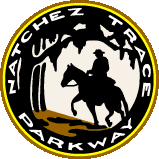 The Natchez Trace Parkway logo can be seen on signs and trail markings along the parkway. Its central feature is a two-lane parkway road that extends 444 miles (715 km) from Natchez, Mississippi to Nashville, Tennessee. Access to the parkway is limited, with more than 50 access points in the states of Mississippi, Alabama, and Tennessee. The southern end of the route is in Natchez at an intersection with Liberty Road, and the northern end is northeast of Fairview, Tennessee, in the suburban community of Pasquo, Tennessee, at an intersection with Tennessee 100. In addition to Natchez and Nashville, the larger cities along the route include Jackson and Tupelo, Mississippi, and Florence, Alabama.
The Natchez Trace Parkway logo can be seen on signs and trail markings along the parkway. Its central feature is a two-lane parkway road that extends 444 miles (715 km) from Natchez, Mississippi to Nashville, Tennessee. Access to the parkway is limited, with more than 50 access points in the states of Mississippi, Alabama, and Tennessee. The southern end of the route is in Natchez at an intersection with Liberty Road, and the northern end is northeast of Fairview, Tennessee, in the suburban community of Pasquo, Tennessee, at an intersection with Tennessee 100. In addition to Natchez and Nashville, the larger cities along the route include Jackson and Tupelo, Mississippi, and Florence, Alabama.
The gentle sloping and curving alignment of the current route closely follows the original foot passage. Its design harkens back to the way the original interweaving trails aligned as an ancient salt-lick-to-grazing-pasture migratory route of the American Bison and other game that moved between grazing the pastures of central and western Mississippi and the salt and other mineral surface deposits of the Cumberland Plateau. The route generally traverses the tops of the low hills and ridges of the watershed divides from northeast to southwest.

Native Americans, following the “traces” of bison and other game, further improved this “walking trail” for foot-borne commerce between major villages located in middle Mississippi and central Tennessee. The route is locally circuitous; however, by traversing this route the bison, and later humans, avoided the endless, energy-taxing climbing and descending of the many hills along the way. Also avoided was the danger to a herd (or groups of human travelers) of being caught en-masse at the bottom of a hollow or valley if attacked by predators. The nature of the route, to this day, affords good all-around visibility for those who travel it.
Construction of the Parkway was begun by the federal government in the 1930s. The development of the modern roadway was one of the many projects of the Civilian Conservation Corps during the Great Depression. The road was the proposal of U.S. Congressman T. Jeff Busby of Mississippi, who proposed it as a way to give tribute to the original Natchez Trace. Inspired by the proposal, the Daughters of the American Revolution began planting markers and monuments along the Trace. In 1934, the Franklin Delano Roosevelt administration ordered a survey. President Roosevelt signed the legislation to create the parkway on May 18, 1938. Construction on the Parkway began in 1939, and the route was to be overseen by the National Park Service. Its length includes more than 45,000 acres (182 km²) and the towering Natchez Trace Parkway Bridge in Williamson County, Tennessee, completed in 1994 and one of only two post-tensioned, segmental concrete arch bridges in the world.
The National Park Service has a website dedicated to the Natchez Trace Parkway that has a lot of great information about the Trace and the sites you can visit along the way.
From their website:
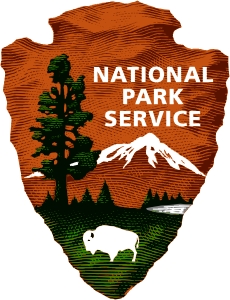 The history and culture found along the Natchez Trace Parkway is a lifetime worth of exploration for students of history, or just the curious. The number of cultures and historic topics touched by the Natchez Trace seems boundless.
The history and culture found along the Natchez Trace Parkway is a lifetime worth of exploration for students of history, or just the curious. The number of cultures and historic topics touched by the Natchez Trace seems boundless.
People have been using the Natchez Trace for thousands of years. The Choctaw, Chickasaw, and Natchez, as well as pre-historic American Indians all called the area home for part of the year. The most celebrated travelers of the Natchez Trace were farmers and boatmen from the Ohio River regions of Pennsylvania, Ohio, and Kentucky floating supplies down to ports in Natchez and New Orleans at the beginning of the 1800s. Regardless of where they came from, they were collectively known as “Kaintucks.”
Several famous figures traveled the Natchez Trace. Meriwether Lewis, of the Lewis and Clark Expedition, was traveling through in 1809, when he died under mysterious circumstances at a small cabin in Tennessee. Andrew Jackson traveled on the Trace with his troops during the War of 1812.
Whether famous, infamous, or anonymous, travelers of the Natchez Trace relied heavily on this wilderness road. The Trace was a road home, a path of exploration, and a link to the growing population of the Old Southwest. Over time, new roads and population centers were developed and steamships carried people and supplies upstream. The Old Trace fell out of use. Reestablished as a unit of the National Park Service in 1938, the Natchez Trace Parkway was completed in 2005. The route still serves as a connection between population centers, and allows modern travelers to explore and discover the history and culture of earlier generations.
Here’s a short video tour of the Trace that I think you’ll enjoy!
[youtube]https://www.youtube.com/watch?v=cGJTQ-a7zfA[/youtube]
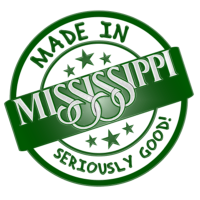
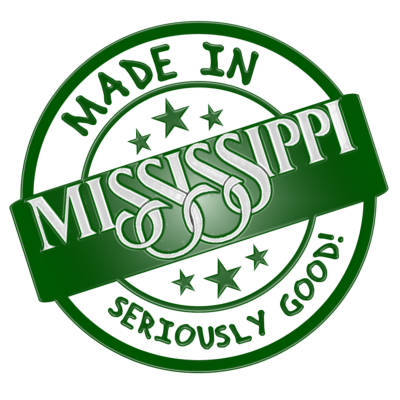


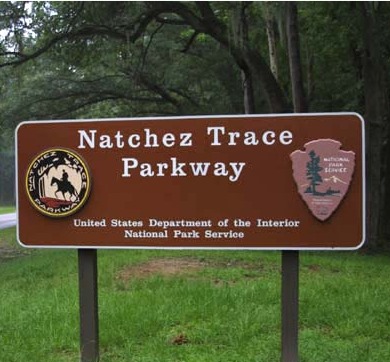
 The Natchez Trace Parkway logo can be seen on signs and trail markings along the parkway. Its central feature is a two-lane parkway road that extends 444 miles (715 km) from Natchez, Mississippi to Nashville, Tennessee. Access to the parkway is limited, with more than 50 access points in the states of Mississippi, Alabama, and Tennessee. The southern end of the route is in Natchez at an intersection with Liberty Road, and the northern end is northeast of Fairview, Tennessee, in the suburban community of Pasquo, Tennessee, at an intersection with Tennessee 100. In addition to Natchez and Nashville, the larger cities along the route include Jackson and Tupelo, Mississippi, and Florence, Alabama.
The Natchez Trace Parkway logo can be seen on signs and trail markings along the parkway. Its central feature is a two-lane parkway road that extends 444 miles (715 km) from Natchez, Mississippi to Nashville, Tennessee. Access to the parkway is limited, with more than 50 access points in the states of Mississippi, Alabama, and Tennessee. The southern end of the route is in Natchez at an intersection with Liberty Road, and the northern end is northeast of Fairview, Tennessee, in the suburban community of Pasquo, Tennessee, at an intersection with Tennessee 100. In addition to Natchez and Nashville, the larger cities along the route include Jackson and Tupelo, Mississippi, and Florence, Alabama.

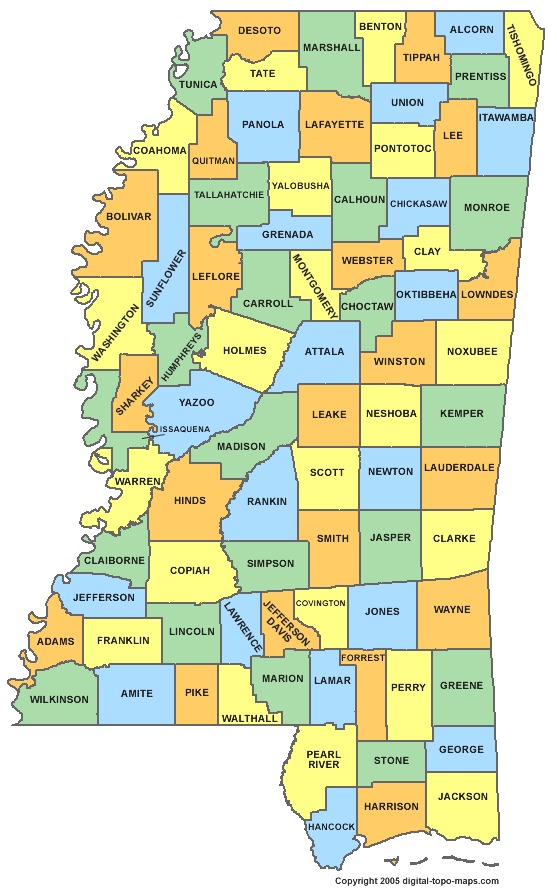

 Atlas® Roofing Corporation is an innovative, customer-oriented manufacturer of residential and commercial building materials. Atlas has grown from a single roofing shingle manufacturing facility in 1982 into an industry leader with 19 plants in North America and worldwide product distribution. All Atlas products are manufactured in state-of-the-art facilities and shipped worldwide from its network of manufacturing plants and distribution facilities in the United States and Canada. Atlas Roofing Corporation is made up of 6 major divisions: Wall Insulation, Roof Insulation, Roof Shingles, Roof Underlayment, Web Technologies, and Atlas EPS.
Atlas® Roofing Corporation is an innovative, customer-oriented manufacturer of residential and commercial building materials. Atlas has grown from a single roofing shingle manufacturing facility in 1982 into an industry leader with 19 plants in North America and worldwide product distribution. All Atlas products are manufactured in state-of-the-art facilities and shipped worldwide from its network of manufacturing plants and distribution facilities in the United States and Canada. Atlas Roofing Corporation is made up of 6 major divisions: Wall Insulation, Roof Insulation, Roof Shingles, Roof Underlayment, Web Technologies, and Atlas EPS.


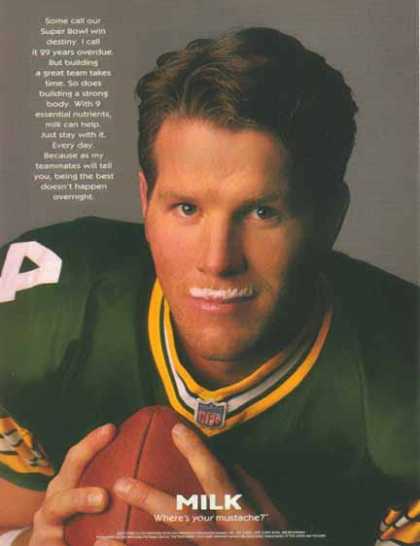

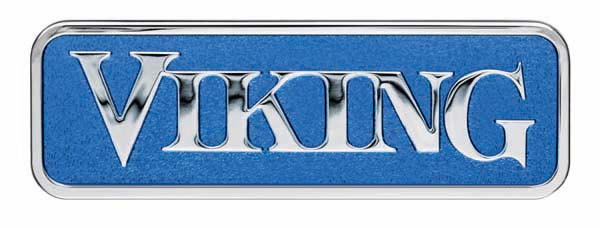

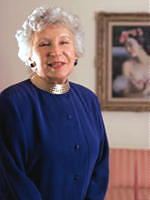 Thalia Mara died at the age of 92 in October, 2003.
Thalia Mara died at the age of 92 in October, 2003.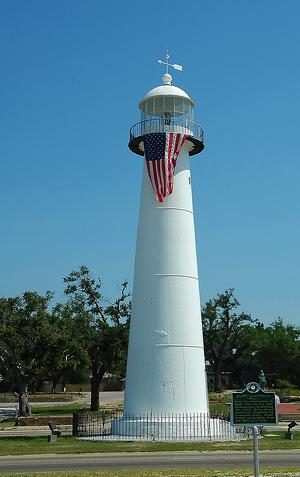

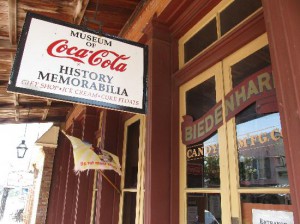

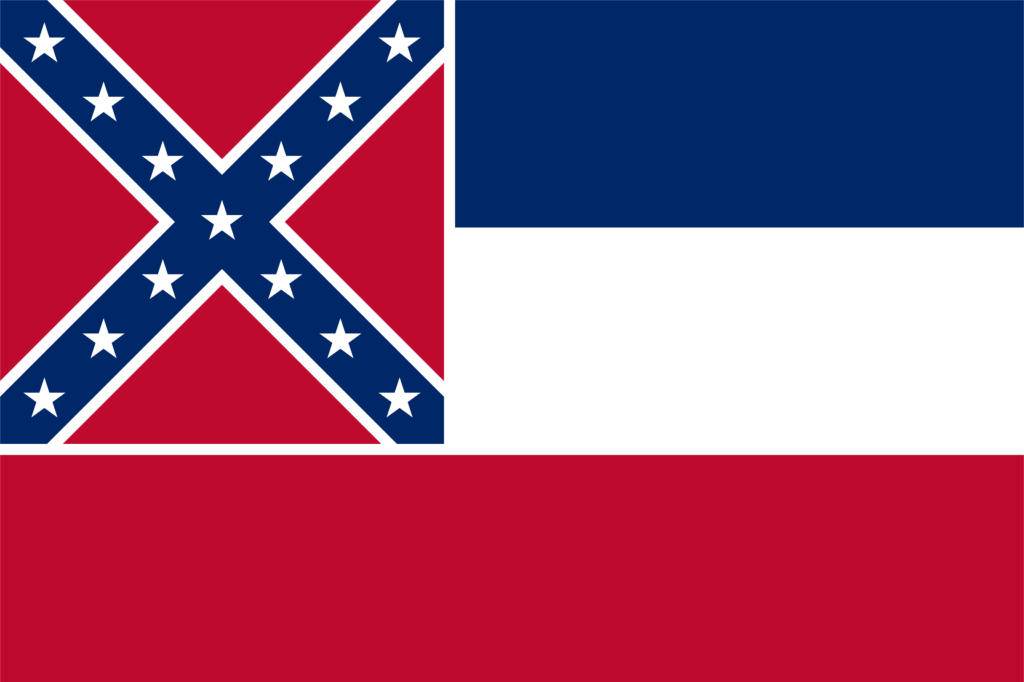
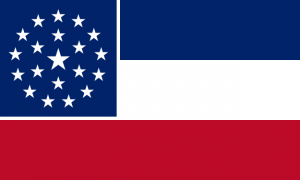


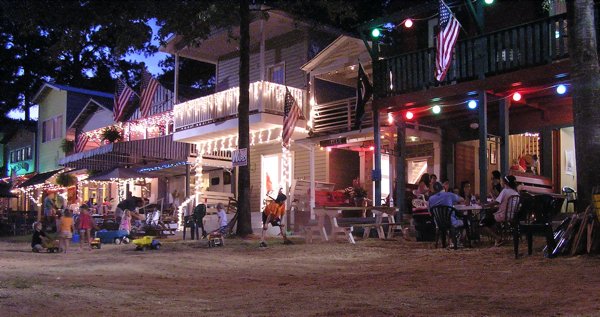



 Since 2003, more than 8,500 corporate customers across 65 countries have chosen Bomgar as their platform for remote support. Bomgar clients include some of the world’s leading IT outsourcers, systems integrators, software vendors, hospitals and healthcare organizations, government institutions, colleges and universities, legal and accounting firms, and insurance and financial institutions.
Since 2003, more than 8,500 corporate customers across 65 countries have chosen Bomgar as their platform for remote support. Bomgar clients include some of the world’s leading IT outsourcers, systems integrators, software vendors, hospitals and healthcare organizations, government institutions, colleges and universities, legal and accounting firms, and insurance and financial institutions.

